WHY SKINCARE TREATMENTS?
Your skin is the largest organ in your body and has an important job as a barrier to infection and environmental factors. Adopting a great skin care regime and regular treatments at a spa or dermatology office will help to maintain healthy over-all skin.
When you take care of your skin with a proper regime that includes treatments, you are helping prevent future problems such as wrinkles, fine lines and uneven skin tone, to name a few. Treatments are designed to remove toxins, dead skin cells, oil, dirt and address skin issues, while helping slow down the effects of aging. Treatments enhance and improve circulation, increase collagen and result in a more youthful looking appearance.
The full cycle of the skin’s new cell turnover is approximately 28 days. Taking that into consideration, it is recommended to have your treatment done every 4 to 6 weeks until your concerns have been addressed. Depending on how many treatments you have, you will notice a change in the clarity, elasticity and texture of your skin.
The key to getting the most out of skin treatments is the proper choice of treatment. Choosing the right one depends on the type of treatment, your skin type, and what results you are looking for. The following are just a few of the great treatments available to you.
MICRODERMABRASION
Microdermabrasion is a safe, non-invasive procedure using fine crystals that help to remove dead skin cells and renew skin tone and texture. It is known to improve the appearance of wrinkles, fine lines, age spots, acne scarring and melasma by stimulating blood flow and improving cell production. It also improves the effectiveness of at-home care skincare product penetration. Most will notice improvement after one session, however it is recommended to get a series of treatments for longer results.
Microdermdermabrasion is not recommended for use with deep scarring or any kind of open wounds on the face.
CHEMICAL PEELS
Chemical peels remove the outer layer of the skin and encourage the growth of new, more evenly colored skin. They are typically a choice if you are looking for an anti-aging and rejuvenating option. They are used to address acne scarring, age spots, dull skin and discoloration. There are a number of options to choose from that range from superficial, moderate or deep, depending on the kinds of acids used. With a lighter peel, you may require no down time whereas a deep peel may take up to a week or more for full healing. Chemical peels will involve one or more acids such as glycolic, salicylic, lactic, or phenol. You may feel a burning sensation that typically subsides after 10 minutes. Depending on the peel used, you will notice a reaction similar to a sunburn. Peeling may occur within 3 to 5 days after treatment. Mild peels can be re-done 1 to 4 weeks after your initial treatment if need be. Medium peels may require a healing period of 7 to 15 days, and can be repeated after 6 to 12 months if necessary. After a chemical peel your skin will be more sensitive to sun, so wear a sunscreen of at least SPF30 or higher.
LED LIGHT THERAPY
Light emitting diode (LED) light therapy is a non-invasive treatment that has multiple benefits—such as stimulating collagen and elastin production, treating mild to moderate acne, reduce inflammation and speeding up the recovery process from more aggressive laser treatments. In short, LED therapy, by working with the skin, encourages its own natural healing process. LED light therapy is safe and painless, without any side effects. Using varying wavelengths of light, including red and blue. Both are highly effective and it is recommended that you have your procedure done every month or two.
- Red Light Therapy
Red light LED is anti-inflammatory (great for healing!) and is used to help stimulate collagen and elastin production, thus it is often used for its anti-aging benefits to the skin. When performed, it is applied to the skin and the epidermis absorbs the light and stimulates collagen. The more collagen your skin has, the more your skin will appear plump and smoother, as it can reduce the look of fine lines and wrinkles. Red light also helps to retain moisture as well as improve overall skin tone.
- Blue Light Therapy
Blue light LED works to kill bacteria that lives below the surface of the skin responsible for acne. You can incorporate red and blue light therapy together to help treat acne and also heal at the same time.
Often times, bluelight (kills bacteria) is used in conjunction with red light (heals the skin) to help treat acne, decrease scarring, and promote anti-inflammatory effects.
LASER RESURFACING
Laser resurfacing uses high-intensity pulsating beams of light to improve the appearance of sun-damage, scars, fine lines and wrinkles. Resurfacing is known to stimulate collagen production, tighten the skin and balance tone. Treatments vary in effectiveness based on superficial to deep treatments. Because your skin is hypersensitive to sun exposure after having resurfacing done, it is recommended to perform these treatments in the later part of the year (fall or winter), when daytime hours are shorter. However, always wear a sunscreen of at least SPF30 or higher. There are many laser resurfacing treatments available. Since there is no one laser treatment that can help all of a patient’s skin concerns in that treatment.
Laser resurfacing can be ablative (removes top layer of the skin, creating a wound to promote healthy healing) or non-ablative (non-wounding, stimulates collagen growth and tightening of the skin). Ablative is considerably more effective and requires fewer treatments. It does, however, require a longer recovery period and there is a potential for pigment. Non-ablative does no direct damage to the outer skin layer, making it less invasive. It is said to treat more superficial issues and you may need 3 to 6 treatments.
Depending on how aggressive your treatment is, downtime can be anywhere from one to fifteen days. Laser resurfacing is not highly recommended if you have active acne or darker skin (can cause pigment issues). Full results will be apparent at about 3 to 6 months.
- CO2 Laser Resurfacing (ablative)
A common type of laser resurfacing treatment, CO2 uses carbon dioxide to treat issues such as wrinkles, scars and enlarged oil glands, removing thin, deep layers of the skin. CO2 treatments can also resurface the face and remove aging spots, sun damage and scarring caused by acne. An ultra-pulse beam eliminates damaged skin cells and stimulates new collagen production below the skin’s surface. There is no need for additional appointments as results continue months after your first treatment.
- Erbium Resurfacing (ablative and non-ablative)
A common type of laser resurfacing treatment, Erbium removes surface-level age spots, lines and wrinkles, and is the choice for those wanting to achieve dramatic improvement in skin appearance. It also promotes collagen and tightening of the skin. There is minimal burning of the surrounding tissue, so recovery time is shorter than with CO2. For those with darker skin tone, Erbium is your best bet, as this treatment is less invasive than CO2.
After any skin treatment, it is important that you choose skincare with quality ingredients to ensure you are getting the best benefits for your skin. Consult your skincare professional to set up the best regime for your skin type.

Tiffany Mosley
Senior Client Service Representative
Vitelle Labs
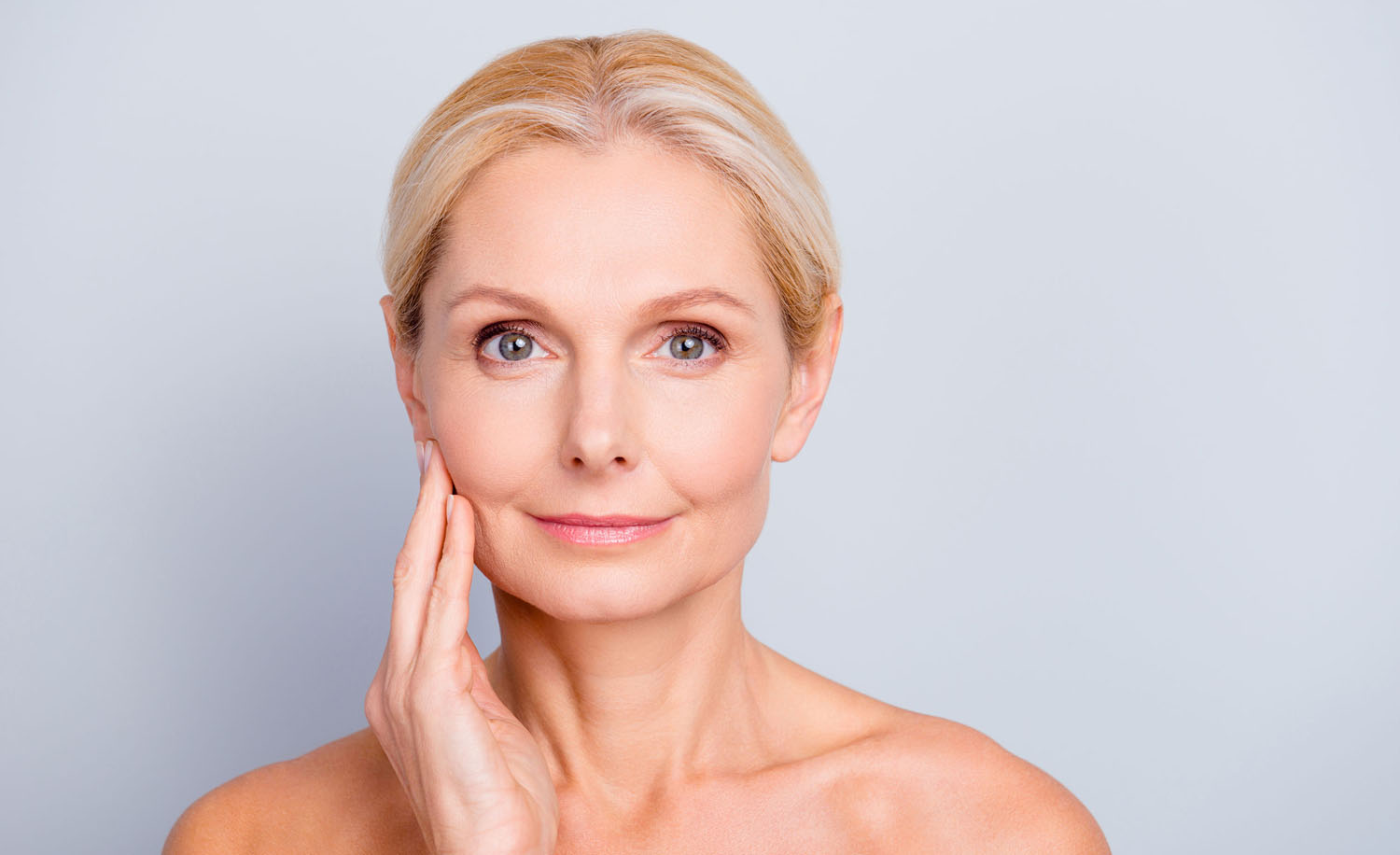
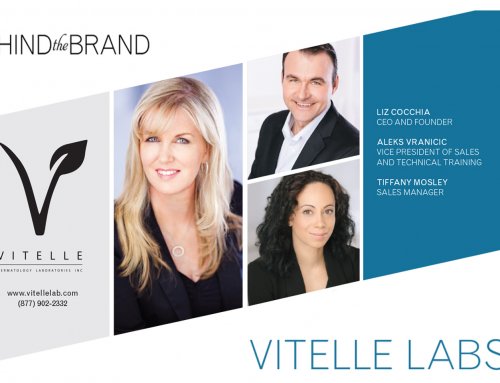
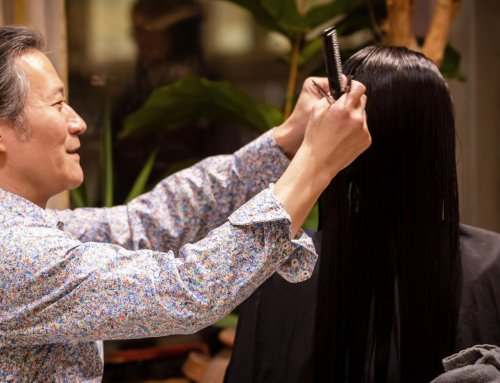
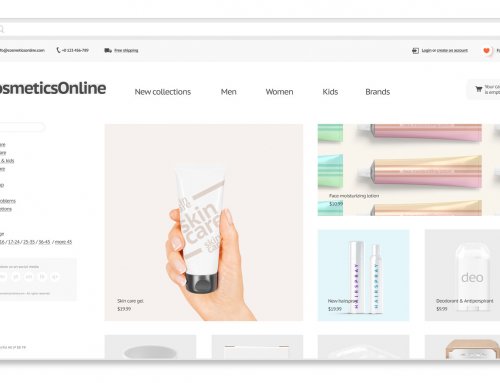
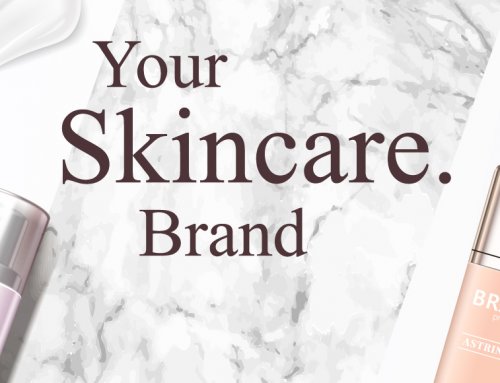

You must be logged in to post a comment.